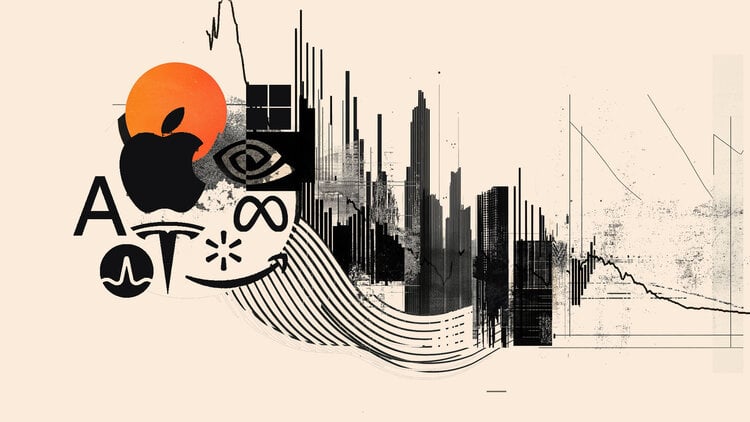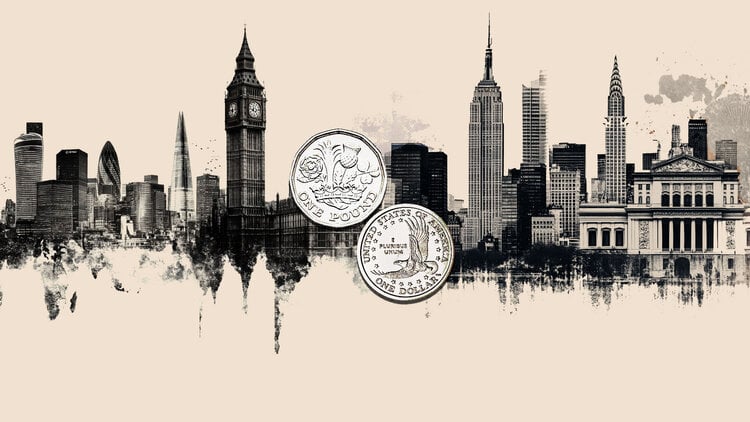LAST UPDATE 14:00
Stabilizing trends in the $ 100 area show oil prices continuing to decline after a strong 4% dip yesterday, as concerns about China’s economic performance seem to subside.
In particular, the Brent June contract is now moving with a small increase of 0.65% and is moving at 103.66 dollars per barrel.
Similarly, the American WTI sees its own June contract strengthen by 0.65%, moving to $ 99 a barrel.
The two contracts lost 7 (Brent) and 6 (WTI) dollars yesterday, amid strong fears about the demand in China, as the tight lockdowns in Shanghai were extended, at a time when the upcoming new increase in US interest rates is pushing upwards. the value of the dollar making crude more expensive.
Beijing, meanwhile, said through its central bank that it would keep market liquidity at a reasonably high level, a day after announcing a cut in banks’ foreign exchange reserves to support the economy.
SPI Asset Management’s Stephen Innes notes that he expects even “more supportive monetary policy but not the money flood” the markets have been waiting for, which may lead to a downward decline in oil markets in the short term, seeking support for the US summer driving season. European sanctions “.
On the supply side, analysts estimate that the gradual withdrawal of Russian oil from the market will continue to support prices.
As OANDA’s Jeffrey Halley points out, “I doubt the possibility of European sanctions on Russian oil and gas can be ignored for long.”
According to him, however, “some negative news still from China, regarding the restrictive measures of the pandemic, could shift the balance decisively lower this week”.
Gentle drop for gas
At the same time, European gas is moving with slightly downward trends, whose price is falling to a week low.
Specifically, the price of the May contract in Amsterdam (TTF) stands at 91.77 euros per megawatt hour, with losses of 1.4%, while at the low of the day it had fallen to 89.5 euros.
Liquefied natural gas (LNG) imports to northwestern Europe are expected to reach record levels in January, with at least a dozen new shipments by the end of April.
At the same time, however, supplies through pipelines remain limited. Shipments from Norway are about 10% lower than last month’s average due to maintenance, according to manager Gassco AS.
Similarly, flows from Russia (the continent’s largest supplier) through Ukraine are well below the levels observed earlier in April. The Russian Yamal-Europe connection continues to transport natural gas from Germany to Poland, in the opposite direction.
It is recalled that Russian President Vladimir Putin has demanded payments in rubles from “unfriendly” countries and warned that gas flows will be reduced if the conditions are not met. For its part, the EU has said that the mechanism proposed by Moscow violates the existing sanctions imposed and argued that companies can continue to pay in euros.
According to Maxar, however, the demand for natural gas is expected to increase next week due to lower than usual temperatures for the season.
Source: Capital
I am Sophia william, author of World Stock Market. I have a degree in journalism from the University of Missouri and I have worked as a reporter for several news websites. I have a passion for writing and informing people about the latest news and events happening in the world. I strive to be accurate and unbiased in my reporting, and I hope to provide readers with valuable information that they can use to make informed decisions.







